
How To: Test for HIV
Over 300,000 Americans who are infected with HIV don't even know it! Learn how to avoid being among them.


Over 300,000 Americans who are infected with HIV don't even know it! Learn how to avoid being among them.

You know you're in pain, but are you just feeling the aftershocks of that spaghetti dinner, or is it a heart attack?

Every year, 250,000 Americans are diagnosed with a form of skin cancer called squamous cell carcinoma. What exactly is SCC?

If you know the triggers that bring on a migraine you can more easily sidestep experiencing one.

Heart disease affects more than 20 million Americans. Let's explore the various forms that heart disease can take.

The hamstring is a large muscle in the back of the thigh. A hamstring injury is a partial tear of the muscle. Learn how to diagnose and treat a hamstring injury in this medical how to video.

This medical how-to video demonstrates an open emergency cricothyrotomy. A cricothyrotomy is an emergency incision made through the skin and the cricothyroid membrane. This emergency procedure is performed to ensure that a patient is receiving air. Watch and learn how this procedure is performed. This video is intended for medical students only.

This medical how-to video demonstrates an open emergency cricothyrotomy. A cricothyrotomy is an emergency incision made through the skin and the cricothyroid membrane. This emergency procedure is performed to ensure that a patient is receiving air. Watch and learn how this procedure is performed in an emergency room. This video is intended for medical students only.

This medical how-to video is a presentation detailing an endotracheal intubation. Watch and learn the proper technique for intubating a patient. This medical video is intended for nursing and health related students.

The mother's body can be the source of delivery complications like placenta previa or uterine rupture. If delivery problems do occur, your doctor can usually help you manage these childbirth complications with medication or an emergency cesarean section.

Your Apple Watch sends you notifications from friends, family, and the apps that are important to you. Occasionally, however, the watch may scare the heck out of you with a notification warning of an abnormal, elevated heart rate. If you have no history of heart conditions, this alert might come as a shock. Why do you have a high heart rate, and what are you to do with the information?
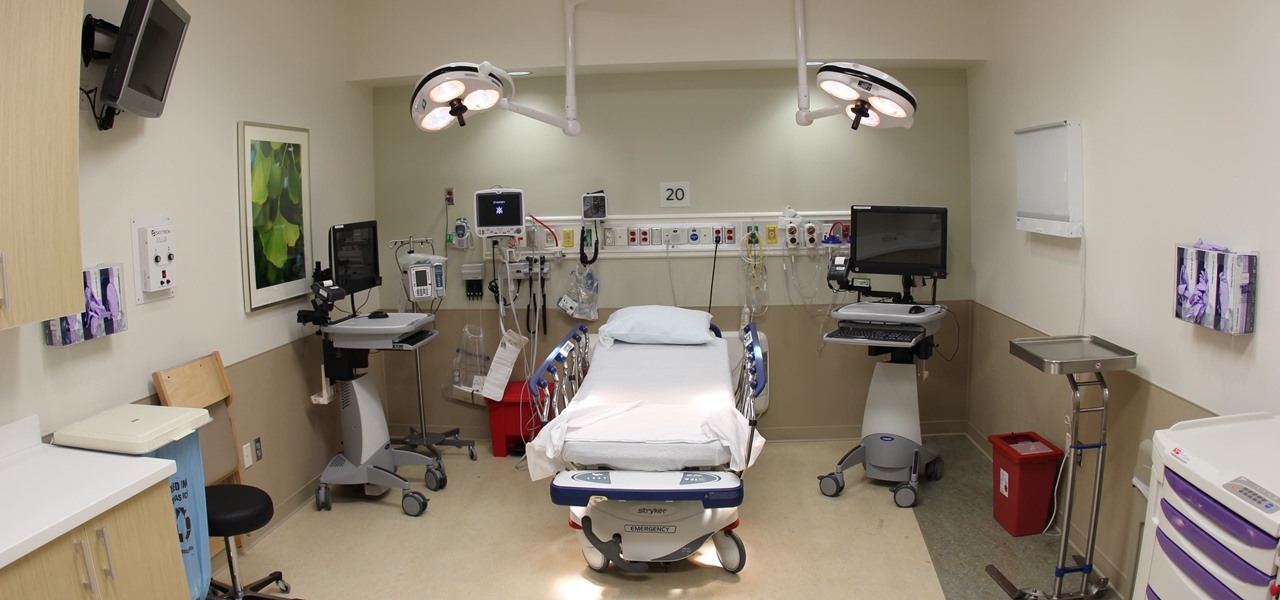
The office of your physician, or your local hospital, is where you go when you need medical care. But it could also be where you could pick up a life-threatening infection.

Want to know what a septum is? An aorta? The bicuspid valve? These are all parts of the human heart, and in these educational tutorial videos, you'll learn all you need to know about the physiology of the human heart. Anatomy, biology, physiology... it's all science, so no matter what field you are studying, these will be very helpful for you in your further medical studies, or for just know-it-all knowledge.
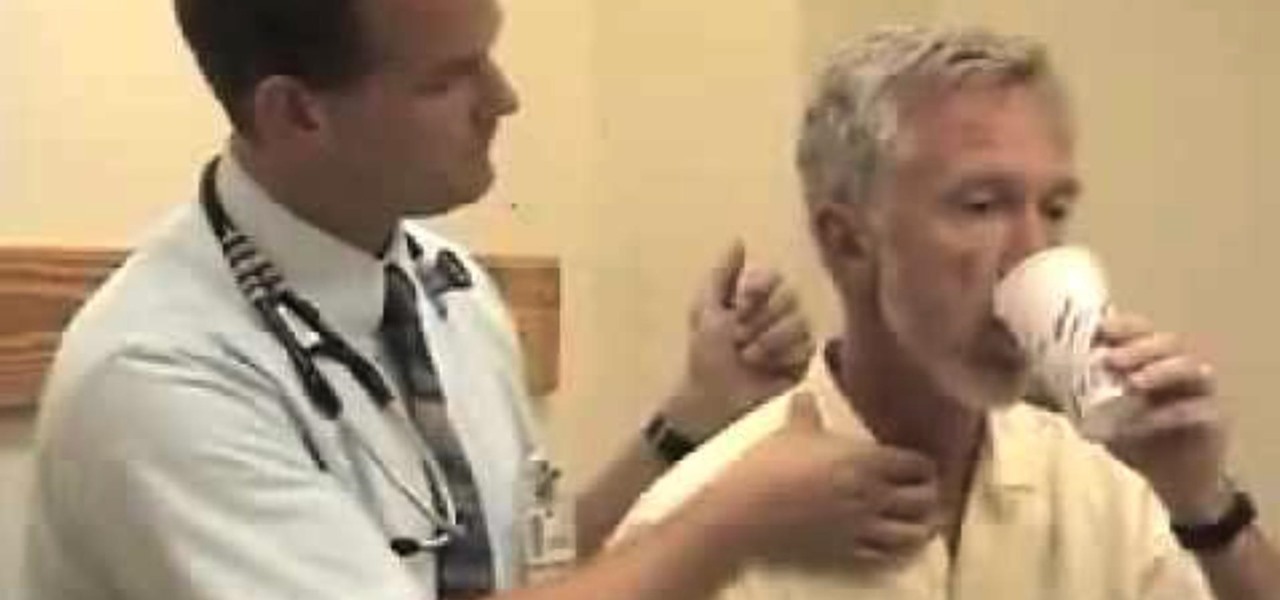
After performing a Vital Signs examination on a patient, usually, the next step for a doctor is performing the HEENT.
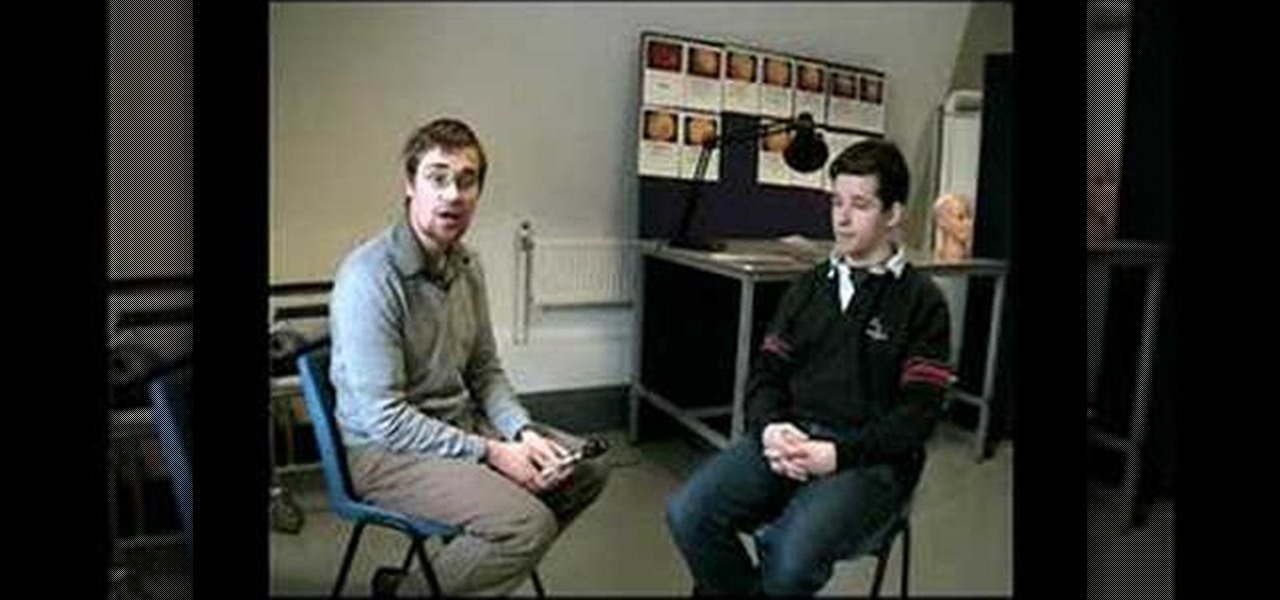
The opthalmoscope is one of most basic tools of the modern opthamologist, and is essential to the diagnosis of the eyes. This five-part video, performed by a medical student, will walk you through the necessary steps in performing fundoscopy or opthamalscopy on a patient, covering talking to the patient, an overview of the equipment, and all of the rest of the information that you will need.

Believe it: Your perfect pecs are a soup can away!

Get ready to get "back" with a simple at-home squat.

Thiamine, aka Vitamin B1, keeps your body fully functioning and ready to move!

Before obtaining the permission to practice as a veterinarian, all veterinary students must pass the North American Veterinary Licensing Examination, or NALVE. This video animal medical tutorial covers a lot of the basic concepts of anesthesia, including equipment and drugs, on both small and large animals that were taught in veterinary school and would be tested in the final examination. Learn how to review anesthetic procedure and prepare for the North American Veterinary Licensing Exam by ...
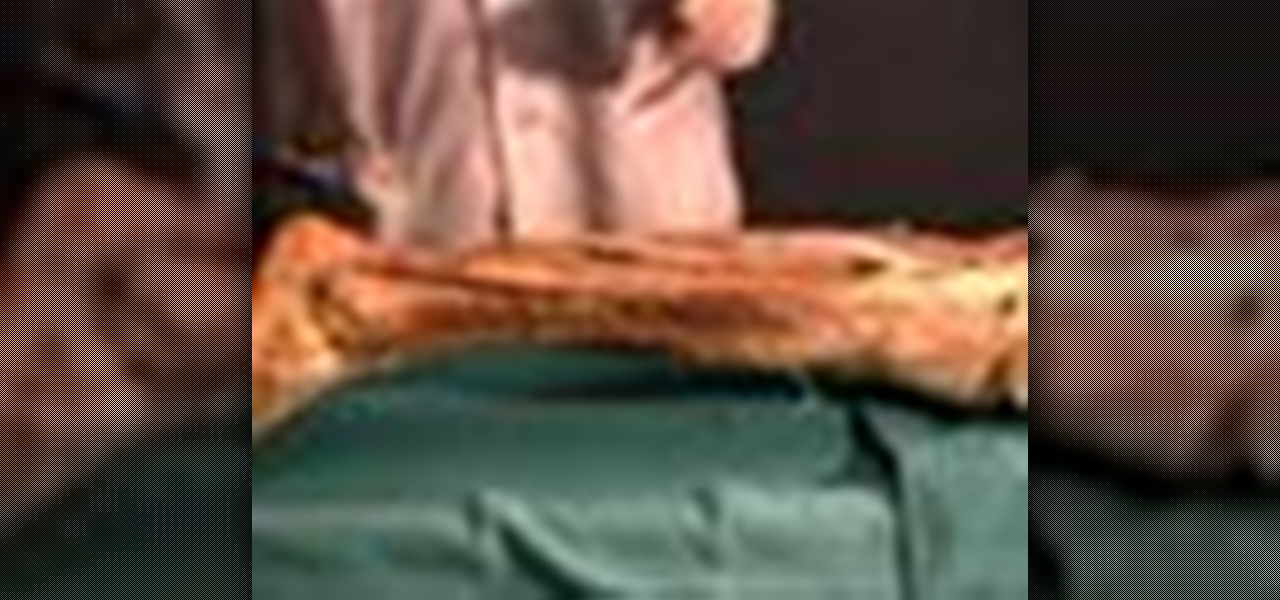
Okay, you failed anatomy 101, but you still want to know more about anatomy of a human. Well, you can simply watch this video tutorial that will show you how to cut up a human cadaver, dissecting its leg and foot, getting a good look at the science of the muscles.
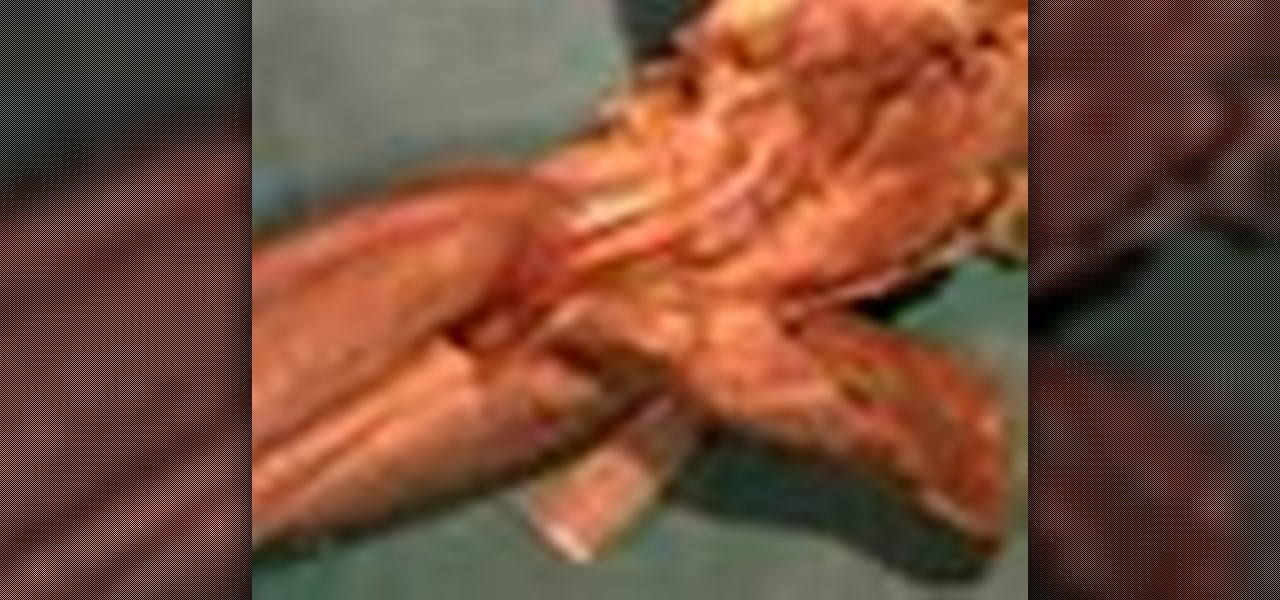
Here, in this video tutorial on the anatomy of a human cadaver, you'll see how to dissect a human corpse, specifically the hip and thigh. You'll learn all about the science of the muscles, vessels, and nerves of the hip and thigh.

Take a look at this human anatomy video tutorial to see how to dissect the upper limb joints on a human cadaver. You'll go through dissecting the shoulder joint, containing the glenohumeral joint and the acromioclavicular joint.

Today, you are going to learn how to dissect the structures in both the forearm and hand of a human cadaver. This anatomy video tutorial will show you how to do it.
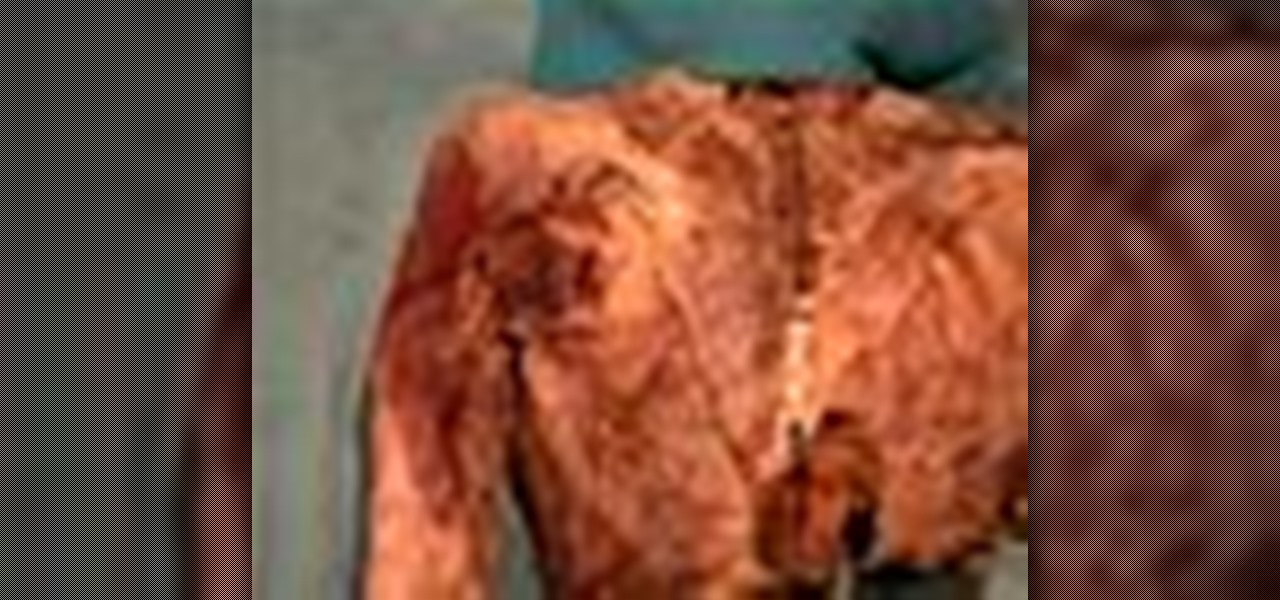
Ever been curious as to what your shoulder and arm looks like from the inside? Well, this human anatomy video tutorial will show you just that.

Check out this human anatomy video tutorial to see how to dissect a human for a deep look at the pharynx, the mouth, and the cervical joints.
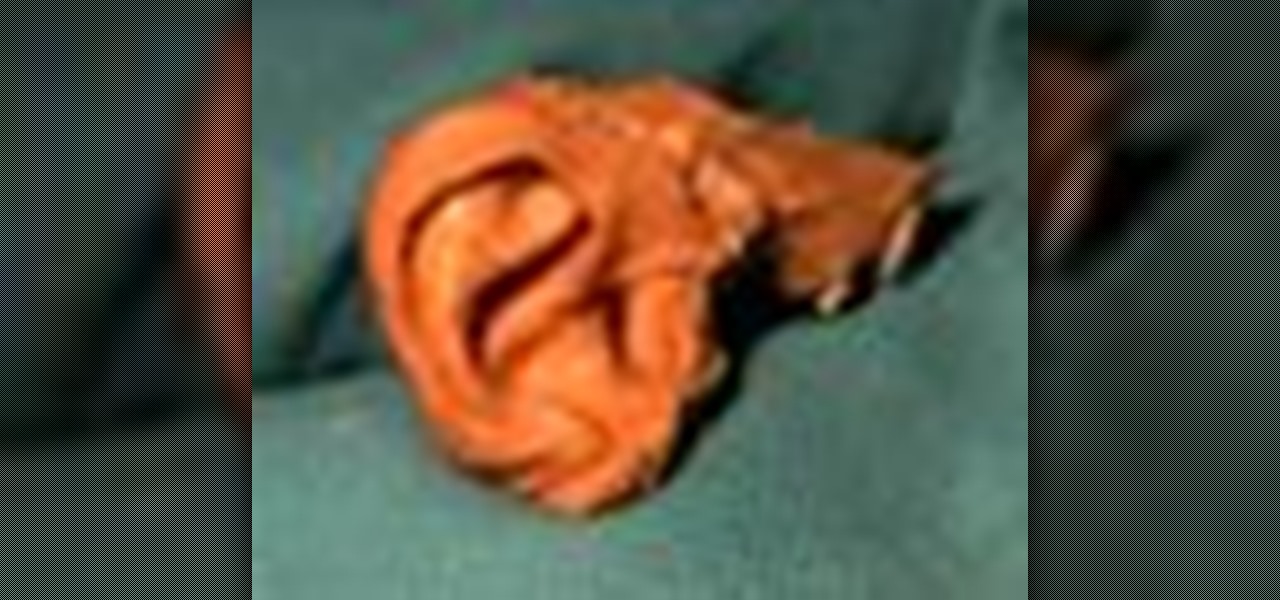
Okay, the hard part of human dissection is here -- the ear. This is an unusual dissection because you get a de-calcified portion of the skull to work with, so you can even cut through bone with just a scalpel.

Ever wonder what's inside your cranium? I bet we all do. Is your brain big or small?

The first step in this human anatomy video tutorial is reflecting the sternal cleidomastoid muscles from the attachment to the sternum and the clavicle. Sounds fun, huh? Well, science is fun, and dissecting a human is great, especially for an anatomy class. Here, you will learn how to take a closer look at the deep neck of a human cadaver, like the muscle tissue and the arteries.
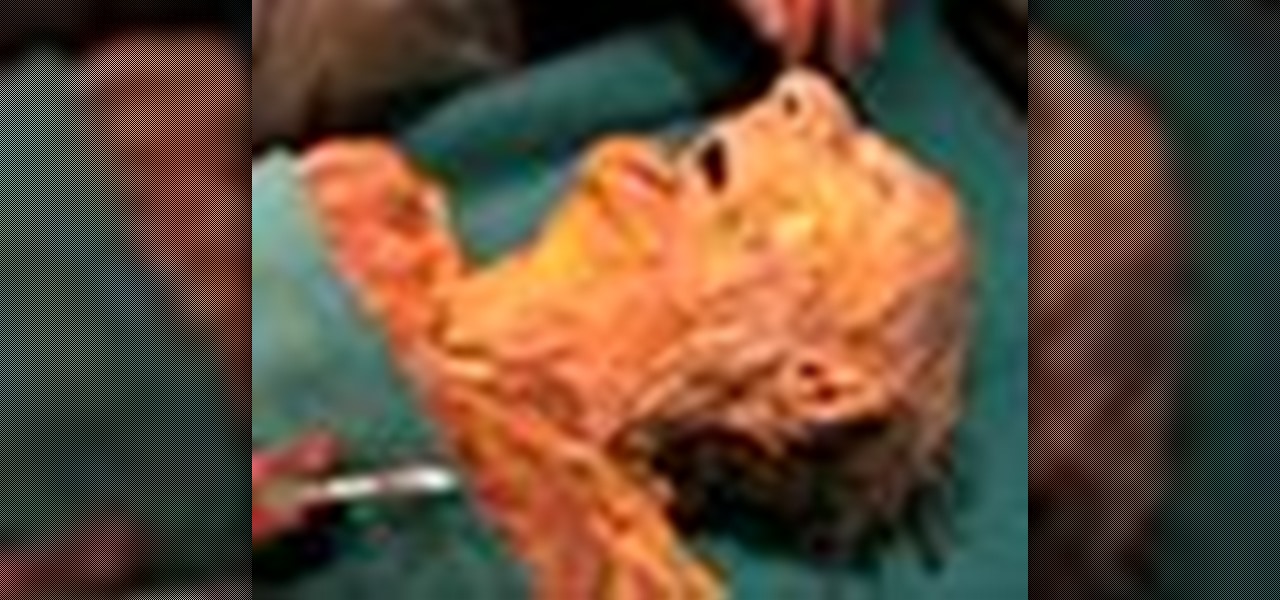
You can begin your dissection of the human face if you would like. This video tutorial will help you through your tough times in your anatomy class. It will show you the correct steps to dissecting the superficial face of a human being with your scalpel, to see the musculature. You will also see the branches of the facial nerves. Science is a great step towards learning more about ourselves, so educate yourself with this anatomical look at a corpse.
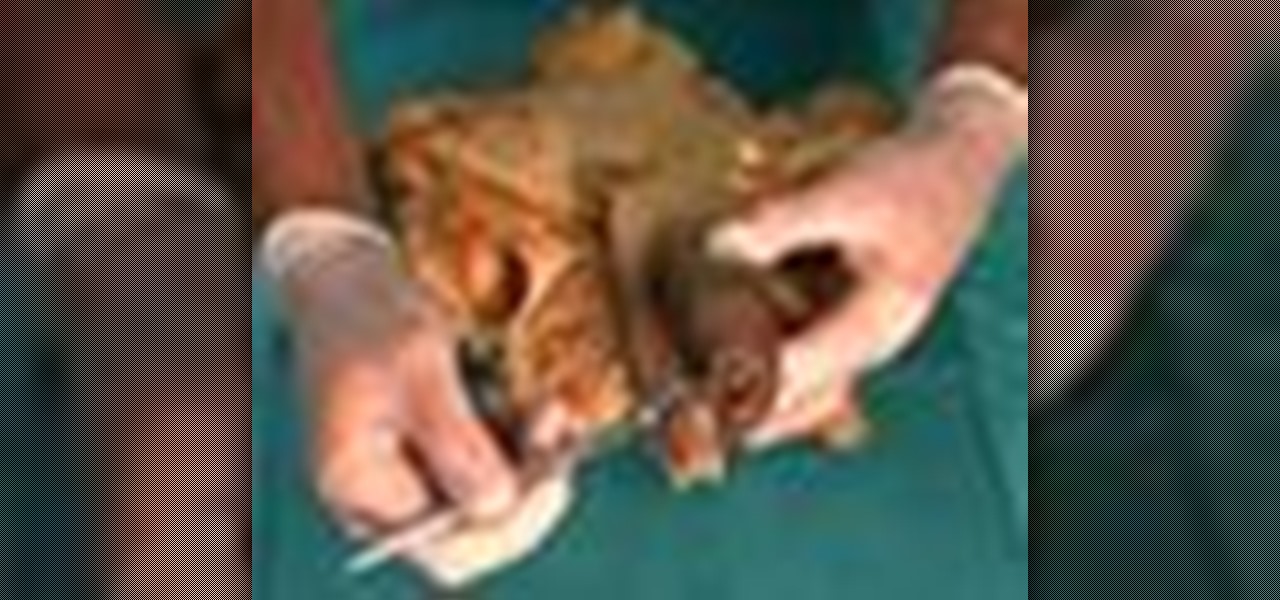
If you want to know more about the science of the human body, just stop right here at this video tutorial on the dissection of the perineum. This anatomical look at the pelvic outlet will show you right down to the bone, then will show you the osteology of the split pelvis, which is a pelvis in which the symphysis pubis is absent and the pelvic bones are separated, usually associated with exstrophy of the bladder. You'll check out both female and male pelvic regions in this educational look a...

Need to check out the posterior abdominal wall of a human being? Well, go no further. This human anatomy video tutorial will show you how to dissect a human for a closer look at the abdominal autonomics, the genital and urinary systems, the diaphragm, and the posterior abdominal wall. You need to get most of the superficial layers out of the way, so get your scalpel out and get cutting. You'll even check out the kidney itself in this educational look at the insides of a corpse.

The science of the human body is a glorious thing, and educating yourself through its anatomy is a great way to learn. Here you'll learn how to dissect a human to see the organs in the thoracic cavity. You'll also see the lungs and pleural sacs, and the heart and pericardial sacs in the thorax. So, cut out that heart and lungs with a scalpel or knife and extract it for a closer anatomical look. This video tutorial is all you'll need to pass anatomy 101.

The third step to dissecting a human is looking at the muscles of the abdominal wall, or it can be your first step, or your second; the order's not important. What's important is that you get an "A" in anatomy class.

When you dissecting a human body, the second thing you probably want to check out is the vertebral column. This video tutorial will give you just that, an anatomical look at the back muscles and the spinal cord.

How much sleep do you really need? Carol Ash, medical director of the Sleep for Life center in Hillsborough, N.J., explains why the right amount of sleep is different for everyone. Most importantly she discusses how to wake up refreshed ever morning.

This video provides a tutorial on how to treat the medical condition Tachycardia.

If you need to go to the hospital or need medical attention, watch this video to learn how to communicate in Mandarin Chinese.

Learn how to remove scratches from your car's paint quickly easily to keep your car looking like new.This technique uses a medical syringe.

A recent study from Harvard Medical School and Massachusetts General Hospital proves that a daily dose of flowers helps to promote overall well-being. Find out how to decorate and add life to any room with flowers.

According to Dr. Lindsey Fitzharris of The Chirurgeon's Apprentice, hospitals during the first half of the nineteenth century were known as "Houses of Death."